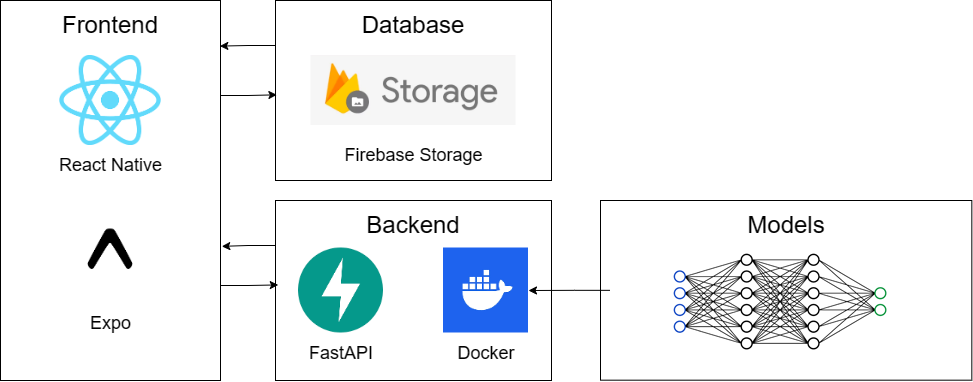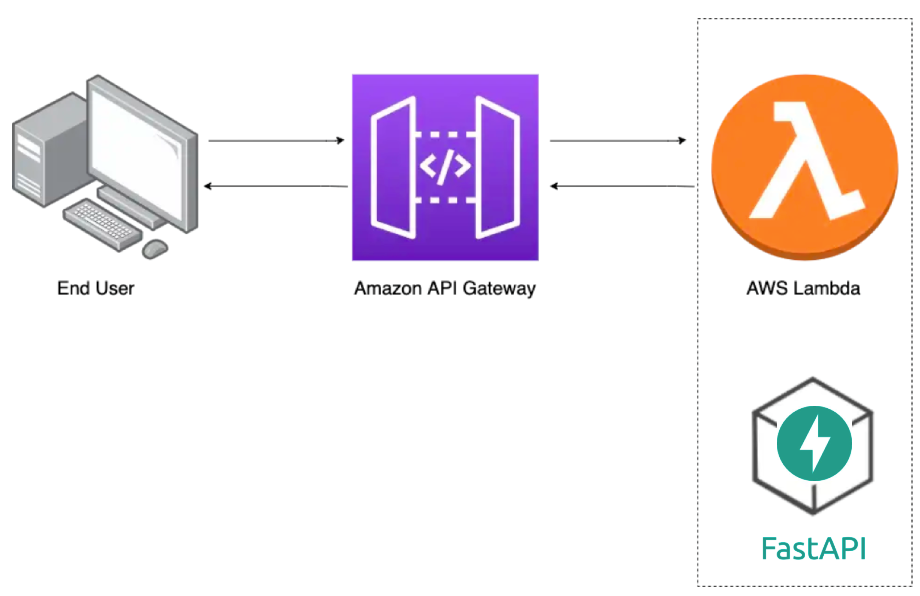Why and When Do You Need an API?
An API (Application Programming Interface) is essential when:
- You need your website, system, or application to integrate and exchange data with external platforms (e.g., pulling weather data, retrieving payment status).
- You want to create a seamless connection between different tools or services within your organization, enabling them to communicate efficiently.
- You’re building web or mobile apps that need to fetch live, dynamic data or interact with real-time services.
- You want to automate repetitive tasks and eliminate manual intervention by connecting software tools and systems.
In essence, APIs transform your systems by making them smarter, more connected, and efficient. They act as bridges that allow various components to interact seamlessly, ultimately improving business agility.
🔗 Where Does an API Get Its Data From?
An API can pull data from a variety of sources to serve your business needs:
- Databases: Accessing structured data stored in systems like PostgreSQL, MongoDB, or MySQL.
- Third-party Services: Integrating with platforms such as Stripe (for payments), Twilio (for messaging), or Datadog (for monitoring).
- Other APIs: APIs can interact with other APIs to gather data, forming a complex network of interconnected services.
- File Systems: Accessing and processing data from files such as CSV, Excel, or automated data extraction from PDFs.
The key takeaway is that APIs allow you to pull and deliver precisely the data you need, at any given moment, from virtually any source.

🛠️ API Development as a Cloud Backend Engineer
As a Cloud Backend Engineer, my role involves designing, building, and deploying scalable APIs that connect different systems and services. I leverage the power of cloud platforms and Serverless technologies to ensure that APIs are highly available, secure, and capable of scaling to meet your business demands. Here’s how I approach it:
FastAPI: The Perfect Tool for Scalable API Development
When building APIs, FastAPI is one of the most powerful frameworks I use. It is:
- Fast: It allows for the creation of APIs that can handle a high volume of requests with minimal latency, making it perfect for applications requiring real-time data.
- Scalable: With FastAPI, I can build APIs that can scale effortlessly to handle growing user bases and increasing data loads.
- Easy to Use: FastAPI automatically generates interactive API documentation, making it easy for both developers and clients to understand how the API works.
- Asynchronous Support: FastAPI supports asynchronous programming out of the box, which allows me to build highly performant, non-blocking APIs that are ideal for interacting with AI models and other services.
Integrating AI Models with APIs
FastAPI is particularly well-suited for integrating AI models into your applications. By exposing AI models as API endpoints, I can provide real-time inference capabilities, enabling your business to take advantage of machine learning models, predictive analytics, and AI-powered decision-making.
For example:
- Real-time AI Predictions: I can build an API that serves predictions from a trained AI model, whether it’s for customer segmentation, fraud detection, or sentiment analysis.
- Scalability with AI: As AI models can be resource-intensive, I utilize cloud infrastructure to scale the API and ensure optimal performance even during high demand.

☁️ Building Scalable APIs with Serverless Technology
In the cloud era, leveraging Serverless technology allows you to build APIs that are both cost-efficient and scalable. Here’s how I use cloud services to build high-performance APIs:
AWS Serverless Stack
- AWS Lambda: I deploy APIs using AWS Lambda, a fully-managed service that lets me run code without provisioning servers. Lambda functions scale automatically with traffic, so I only pay for what I use. This is ideal for APIs that experience fluctuating or unpredictable traffic patterns.
- Amazon DynamoDB: I use DynamoDB, a fully-managed NoSQL database, to store and retrieve data at high speed. It seamlessly integrates with AWS Lambda, allowing me to build APIs that scale with your business needs while handling high volumes of data with low-latency responses.
- Amazon API Gateway: I utilize API Gateway to expose Lambda functions as RESTful APIs. API Gateway manages traffic, handles throttling, and provides security features such as authentication and authorization.
- Scalability and Reliability: With AWS, your APIs automatically scale with demand, and I can set up failover mechanisms to ensure high availability.
Microsoft Azure Serverless Stack
- Azure Functions: Similar to AWS Lambda, Azure Functions enables me to deploy APIs that respond to HTTP requests, events, or other triggers without needing to manage infrastructure. Azure Functions also scale automatically, ensuring your API can handle traffic spikes.
- Azure Cosmos DB: I use Cosmos DB, a globally distributed, multi-model database, to store and access data with low-latency. This enables me to create fast and reliable APIs that provide a seamless experience for users around the world.
- Azure API Management: To manage and expose APIs, I use Azure API Management, which helps me secure and monitor APIs, provide analytics, and manage user access.
- Seamless Integration: Azure provides an end-to-end solution for building, deploying, and managing scalable APIs, ensuring that the infrastructure adapts as your business grows.
The Power of Cloud for Scalable API Applications
By using the power of cloud platforms, I can ensure your APIs are:
- Highly Scalable: Whether your API serves thousands or millions of requests, cloud platforms like AWS and Azure allow me to scale effortlessly, ensuring performance never drops.
- Cost-Efficient: With Serverless technologies like Lambda and Azure Functions, I only pay for the actual usage, making it easier to manage costs and optimize your API infrastructure.
- Secure: Cloud services come with built-in security features to protect your API and the sensitive data it handles, such as encryption, authentication, and access control.
By combining FastAPI, cloud platforms, and Serverless technologies, I can help you build powerful, scalable APIs that can connect to your AI models and scale as your business grows. Whether you’re looking to integrate AI-driven insights, automate processes, or provide dynamic content to users, I’m here to build the APIs that will power your next big leap.
